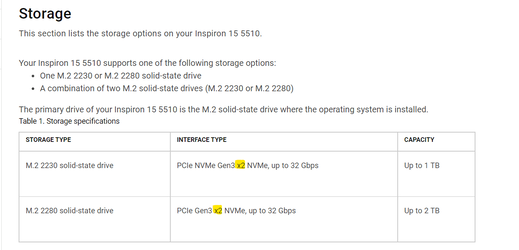Even with PCIe gen 3 the sequential write speed of the 980 Pro is still a tad faster than the 970 Evo Plus, and, another thing is that PCIe gen 3 makes the 980 Pro heat up slower than the 970 Evo Plus (and the 980 Pro won't thermal throttle if you only have PCIe gen 3, when it's already running not much faster than half of the maximum speed that it can do with PCIe gen 4).
The operating temperature is 0-70°C, and, even though I wouldn't recommend going over 60°C frequently and for prolonged periods of time, typically you don't actually have to worry that the Elpis can run hot, as the thermal thottling is there to automatically protect it against overheating anyway, and the NAND chips normally don't run hot, anyway in the first place. Just the Elpis can run hot especially if using PCIe gen 4, but that's only IF you aren't using a fat copper heatsink with good thermal pads in a well ventilated case─although admittedly that can be a problem especially with laptops─AND you keep taxing it heavily and for longer than most people normally ever would (under normal, every day circumstances).
In any event, the 980 Pro is more future proof than the 970 Evo Plus, because it has PCIe gen 4. No matter still, I certainly wouldn't have picked the 980 Pro if the price hadn't been that low. (The average price for the 2TB 980 Pro was closer to 300 Euros at the time, so not exactly cheap.)
The difference between SATA and NVMe at 3400MB/s-3500MB/s is most noticeable when copying huge data e.g. extracting a downloaded multipart archive or creating/restoring an image file with the data compression level set to low or none, saving a copy of a file before the copy will be edited next, etc., but I also notice the faster copying of files (that happens automatically through my various scripts and programs that I like to write, as well as through Sandboxie-Plus when I change its settings) back and forth between the SSD and the Ramdisk.










